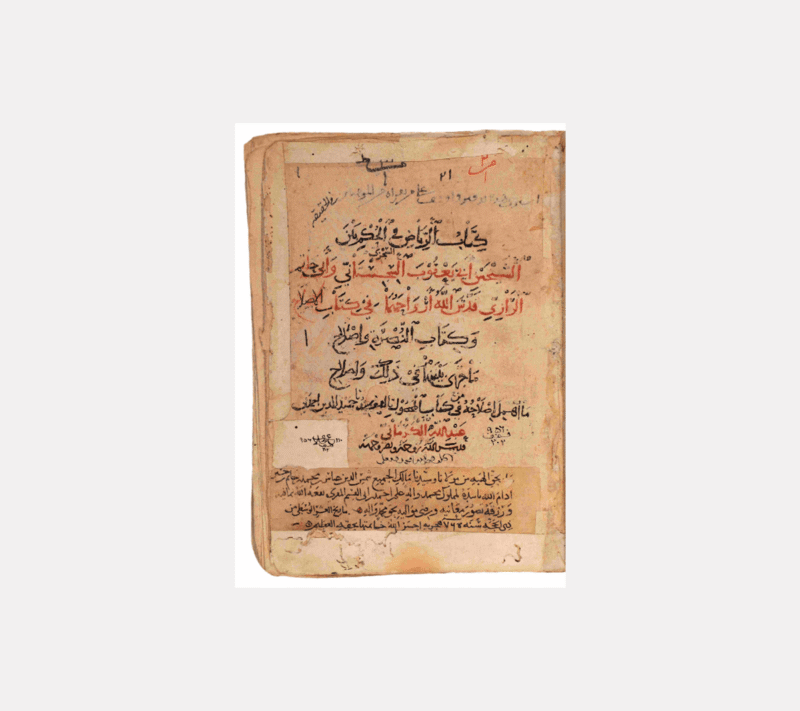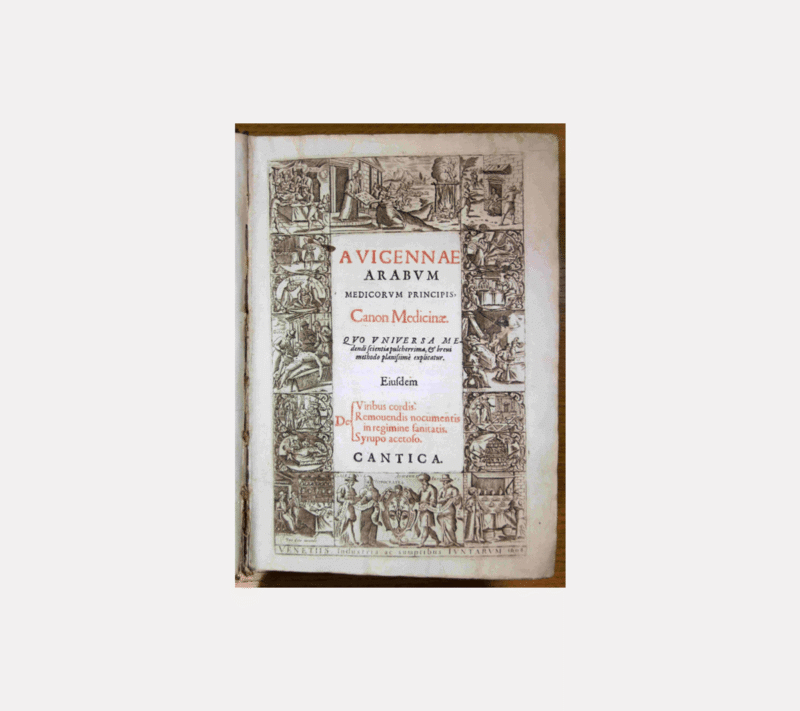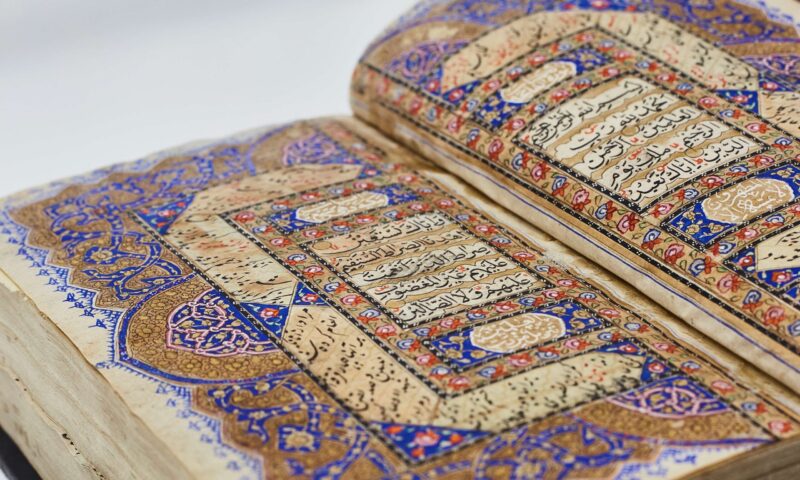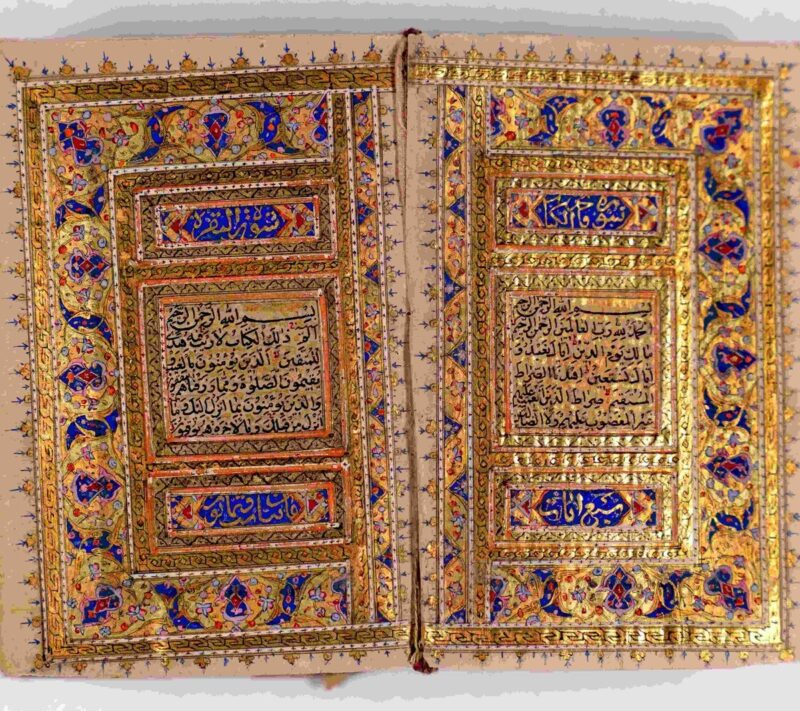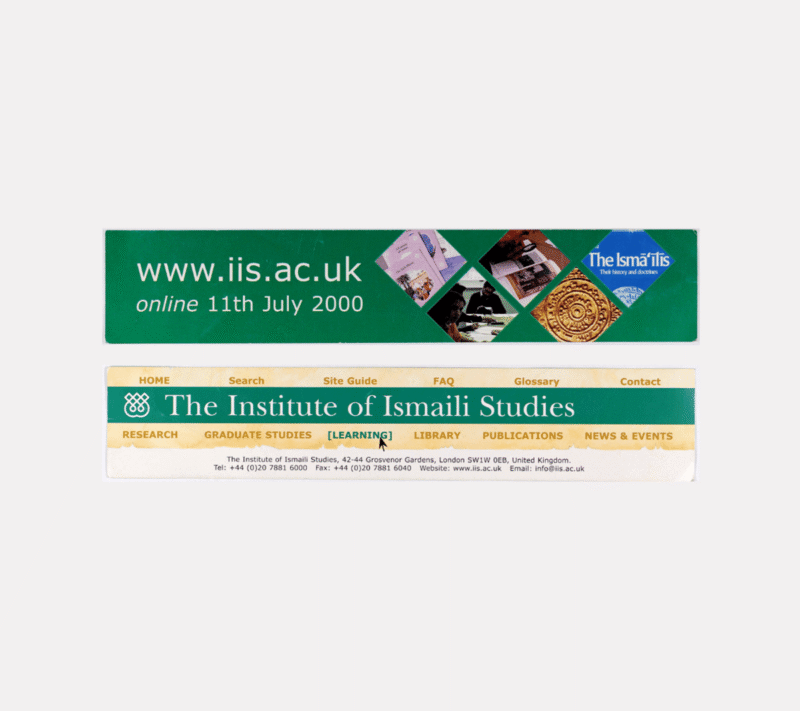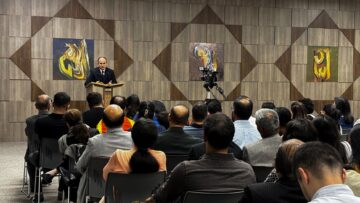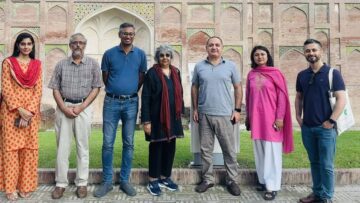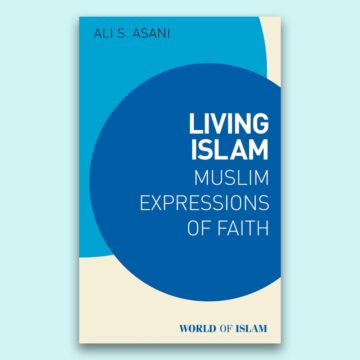To celebrate World Book Day, Naureen Ali, Cataloguer and Adlib Officer in the Ismaili Special Collections Unit, showcases some of the unique and beautiful manuscripts and printed material housed at the IIS.
Featured below is a selection including manuscripts, a rare book and a bookmark, ranging from the 14th to the 20th century, which gives a taste of the range and richness of the Special Collections housed at the Institute. A number of these are also now accessible via a new online catalogue.
Known as one of the most influential early Ismaili da‘is (missionaries), Hamid al-Din al-Kirmani possessed knowledge of Hebrew and Syriac languages and was well acquainted not only with Aristotelian and Neoplatonic philosophies but also with metaphysical systems of Muslim philosophers such as his contemporary, Ibn-Sina.
In Kitab al-riyad (Book of Meadows), al-Kirmani acts as an arbiter from the viewpoint of the Fatimid dawa in a theological debate among the da‘is Muhammad b. Ahmad al-Nasafi, Abu Hatim al-Razi and Abu Ya‘qub al-Sijistani.
This text also preserves fragments of Kitab al-mahsul by al-Nasafi and Kitab al-nusra by al-Sijistani, which have not survived. Part of the Hamdani Collection, most of this manuscript was copied in the year 765 AH/1364 AD and is the oldest known copy of the work in public collections.[i]
Abu ‘Ali al-Husayn ibn ‘Abd Allah ibn Sina (also known as Avicenna) was born in 980 AD near Bukhara (present day Uzbekistan) and is renowned for his contributions to not only the field of philosophy but also medicine. His five-volume encyclopaedia, al-Qanun fi al-tibb (The Canon of Medicine), which includes and builds on medical knowledge from Hippocrates and Galen, is among the most famous books in the history of medicine.
Featured here is a 17th-century Latin translation of this encyclopaedia, with a historiated (decorated with historical scenes) title page.
Qur’an manuscripts represent a unique endeavour where various artistic styles such as calligraphy and illumination come together to preserve an aesthetically adorned text.
This 19th-century Qur’an manuscript from Kashmir is a fine example of such an endeavour, which combines calligraphic styles, marginal translation as well as brilliant illumination. Written in elegant naskhi hand (a style of Arabic calligraphy) and transcribed in 1298 AH/1891 AD, the manuscript features Persian translation and commentary in the margins. The featured folios have blue and gold illumination, which is a typical aesthetic feature of Kashmiri manuscripts.[ii]
The artistic endeavours related to Qur’an manuscripts were not restricted to folios of a particular size. Measuring approximately 7 cm in length, this miniature Qur’an manuscript, dated 1265 AH/ 1849 AD, is testimony to the intricacy and expertise of calligraphers and illuminators. The frontispiece is illuminated in blue and gold with surah (chapter) headings in gold on blue ground.
Along with manuscripts, rare books, coins, memorabilia, periodicals, and photographs etc., Special Collections at the IIS also include archival items. Featured above is a bookmark related to an early iteration of the IIS website, which includes a collage of images relating to IIS publications, courses and Special Collections.
References
[i] Daftary, Farhad. A Short History of the IsmailisAdherents of a branch of Shi’i Islam that considers Ismail, the eldest son of the Shi’i Imam Jaʿfar al-Ṣādiq (d. 765), as his successor.. Edinburgh: Edinburgh University Press, 1998, pp. 87-88.
Daftary, Farhad. Ismaili Literature: A Bibliography of Sources and Studies. London: I.B. Tauris in association with The Institute of Ismaili Studies, 2004, p.125.
Blois, François de. Arabic, Persian and Gujarati Manuscripts: The Hamdani Collection. London: I.B. Tauris in association with The Institute of Ismaili Studies, 2011, p. 60 (MS 1458). Download the e-book.
[ii] Gacek, Adam. Catalogue of Arabic Manuscripts in the Library of The Institute of Ismaili Studies (Vol. 2). London: Islamic Publications Ltd., 1985, p. 129 (MS 585). Find out more about the catalogue.

